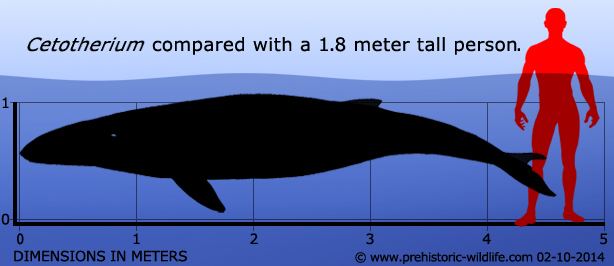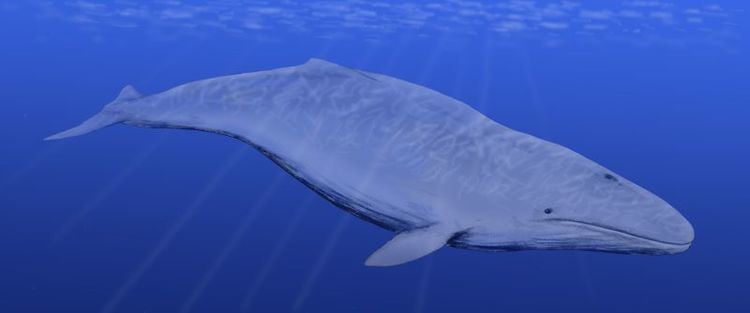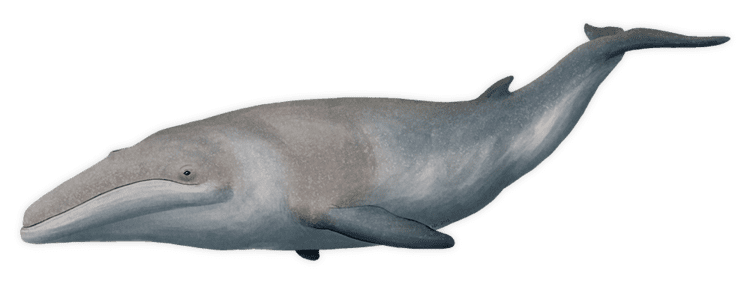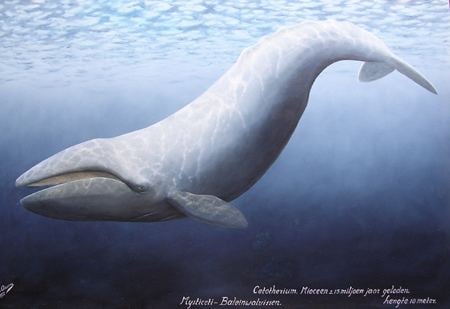Rank Genus | Phylum Chordata Order Artiodactyla | |
 | ||
Similar Cetotheriidae, Piscobalaena, Herpetocetus, Odobenocetops, Aetiocetus | ||
cetotherium
Taxonomy

The family Cetotheriidae and the genus Cetotherium (sensu lato) have been used as wastebaskets for all kinds of baleen whales, most notably by Brandt 1873, Spassky (1954) and Mčedlidze 1970. Based on more recent phylogenetic studies and revisions of many 19th century genera, much smaller monophyletic Cetotheriidae and Cetotherium sensu stricto is limited to a single or only a few species. For example, Gol'din, Startsev & Krakhmalnaya 2013 included only C. rathkii and C. riabinini in the genus and only ten genera in the family.

Cetotheriidae were thought to have gone extinct during the Pliocene until 2012, when it was hypothesized that the Pygmy right whale was the sole surviving species of this family.
Formerly assigned to Cetotherium

The following species were originally described as nominal species of Cetotherium but have been either reassigned to other genera or removed from Cetotherium:

Cetotherium incertum Brandt, 1873, known from a vertebra, and "Ziphius" priscus Eichwald, 1840 are nomina dubia, while Cetotherium pusillum Nordmann, 1860 requires re-assessment.
Evolution
Cetotheres came into existence during the Oligocene epoch. The cetotheres have been divided into two sub-groups. One group includes Cetotherium. From evolutionary perspective, these whales share some characteristics of the Balaenopteridae and Eschrichtiidae.
Paleobiology
Fossil record have revealed predator-prey relationship between large sharks (e.g. C. megalodon) and Cetotheriids. The raptorial toothed whale, Livyatan melvillei, may too have posed a threat to these whales.
